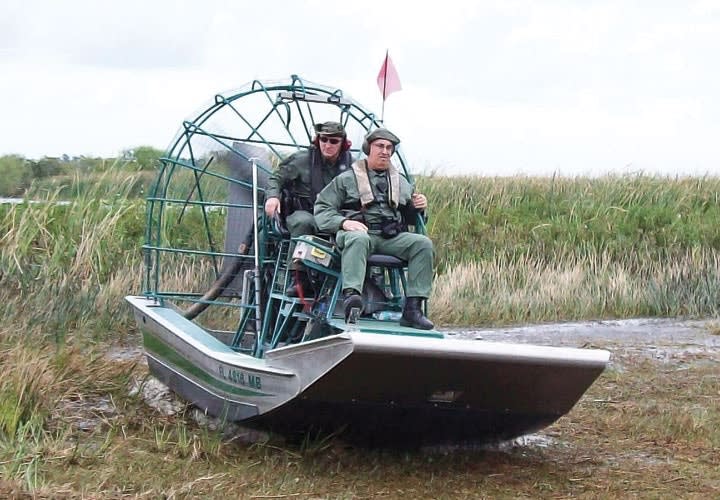Don't get me wrong; motivational sayings and acronyms can be great tools in the hands of sincere people. In the hands of a phony, however, all that's created is discord. I get amused when someone joins the phrase of the month club just to sound like she knows what she's talking about. There are managers that routinely espouse the virtues of teamwork but wouldn't know the true meaning of the word if it hit them in the face.
One of my favorite examples of this occurred during the Y2K scare. All forms of government, big and small, were preparing for the possibility of an infrastructure meltdown; all except for the agency that I was working for at the time. The sheriff back then thought it was nonsense and a waste of time. Luckily, the patrol captain thought better of it and convinced the sheriff to let us go forward with a contingency plan I developed. Though I was approved to go forward, I received very little help and was often left to my own devices to get things done.
Years later I was talking about Y2K with a fellow co-worker. At one point he stopped me, and in his best infomercial voice said, "You sure like using 'I' a lot. You know, there is no 'I' in team." I couldn't hold back a smile as I started to change channels. I reminded him, "There is no 'U' in team either...because 'U' weren't around to help!" I explained that when someone does something by himself, the use of the word 'I' is not only correct, but more than appropriate.
Tribal Myth and Posers
There are many managers that read books on team building, attend courses that improve their leadership skills, and practice what they preach. There are others, however, who don't; instead, they take shortcuts by using tribal myth. They say things that they hear other managers, supervisors, or instructors say. They occasionally throw out a catch phrase at a meeting to sound impressive. They perpetuate what they have heard before understanding it and checking its validity. A good example of this is when you hear someone say it takes 5,000 repetitions to make something second nature. In reality, it only takes around 300; it takes 5,000 repetitions to break a bad habit.












